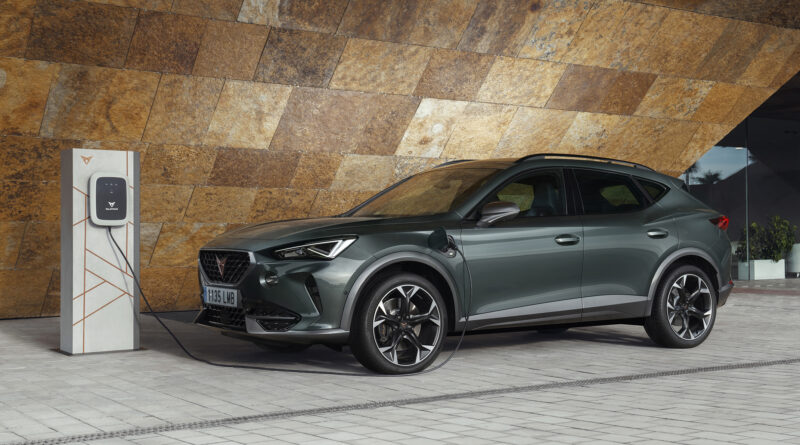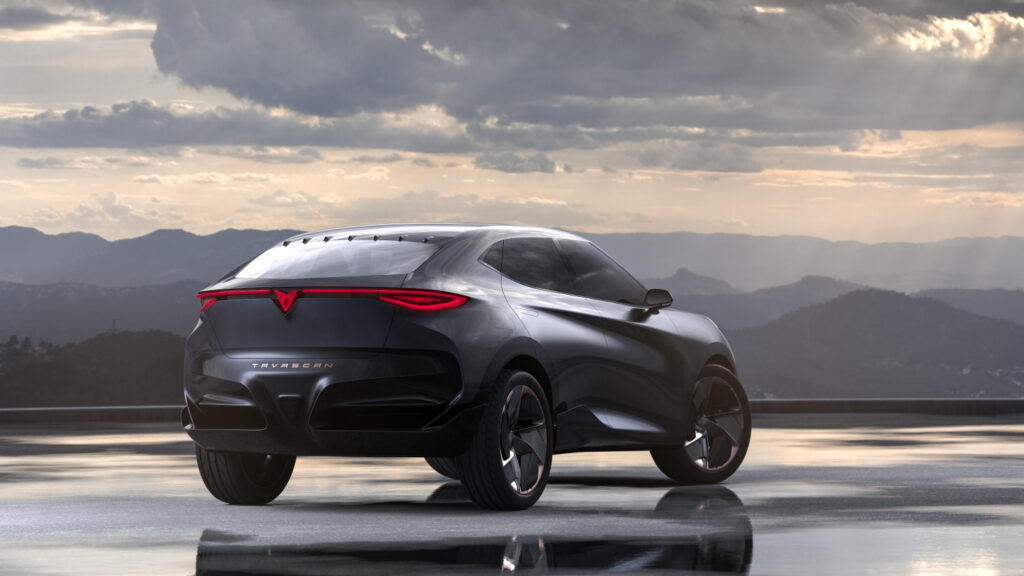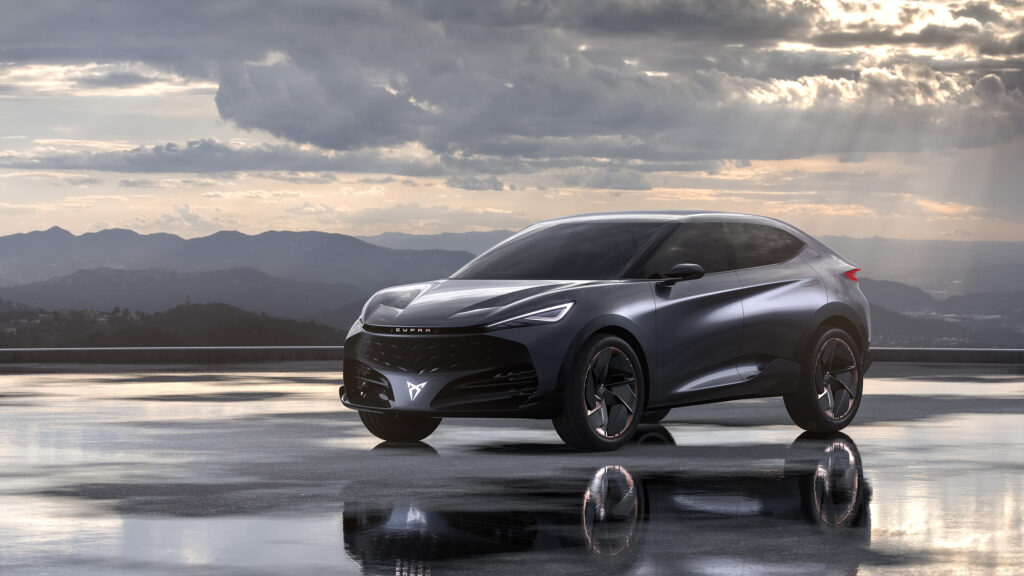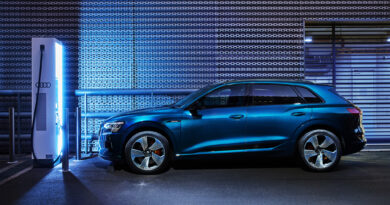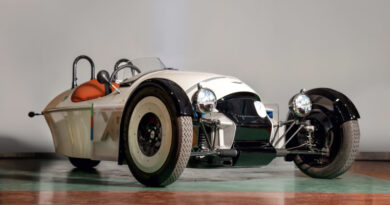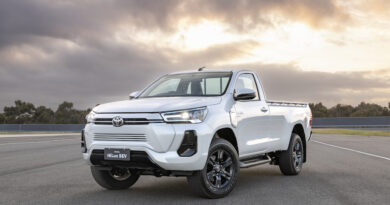PHEVs to launch Cupra in Australia in mid-2022, EVs to follow
Newcomer Spanish brand Cupra will launch with two plug-in hybrid models when it arrives in Australia in the middle of 2022.
In announcing details of the Volkswagen-owned marque, Cupra Australia brand director Ben Wilks confirmed two of the three models that will be sold here – Leon, Ateca and Formentor – will come with the option of a PHEV.
Wilks is adamant Cupra is not chasing the mass market, instead positioning Cupra between mainstream brands such as Volkswagen and prestige offerings such as Audi (other brands that are part of the Volkswagen family).
READ MORE: Spanish brand Cupra unveils Born EV with hot hatch cred
For Cupra, it’s all about driving excitement and bold designs – and the brand acknowledges that will not appeal to everyone.
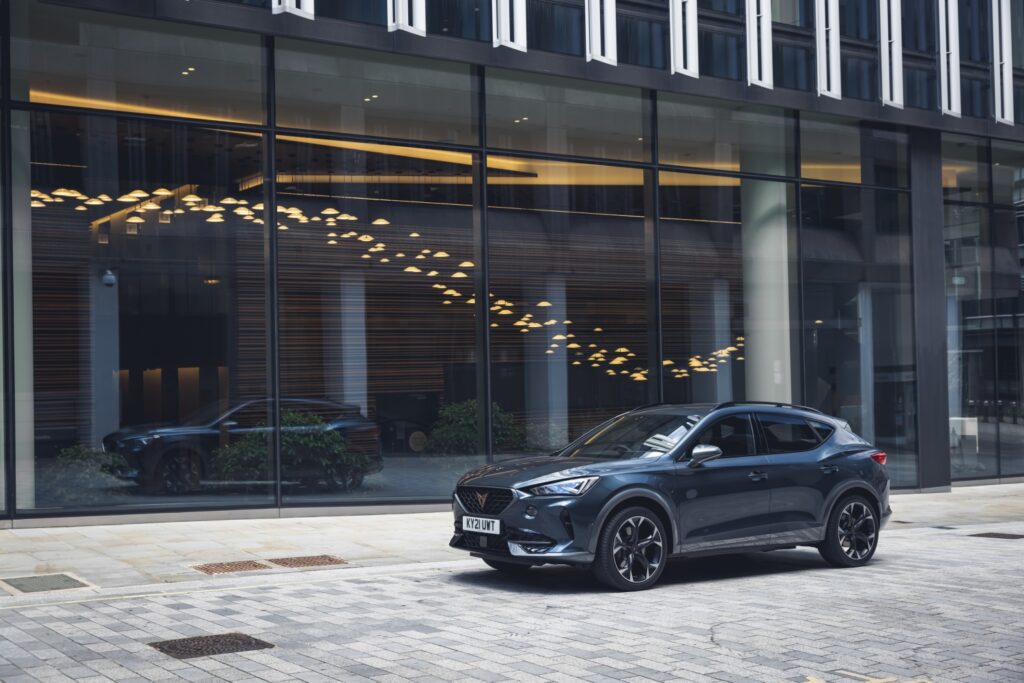
“We’re not a brand for everybody, we’re not a brand that’s designed to be liked by everyone,” says Cupra Australia brand director Ben Wilks. “We’re a brand that wants to be loved by some.”
Look over here…
Design is key to Cupra’s sales pitch, with Wilks saying the Spanish brand “sits on the very opposite corner … to appliances”.
Take that, Toyota!
The limited range of models – which is focused on the compact-to-mid-sized market segments – certainly stand out visually.

Inside and out there are copper-coloured highlights, which is a signature of the brand.
The Leon and Formentor are boldly styled and have plenty of attention shown to details such as wheels, materials and even exhaust tips.
There will also be a healthy dose of standard equipment, including distinctive alloy wheels and digital instrument clusters. Also expect Android Auto connectivity, and given Volkswagen is switching to wireless Apple CarPlay, we’d also guess the Cupras would pick that up too.
Wilks says being a new brand that few people have heard of – Cupra was formed in 2018 and has only been on sale to date in Europe – brings challenges but also unshackles it from expectations.
“We’re not a brand that’s anchored in the past, we’re not looking towards our history, we’re looking towards our future.”
PHEVs to kick off Cupra in Australia
The Leon small hatchback and Formentor mid-sized crossover – each named after a location in Spain, where Cupra has its headquarters – will each come with the choice of a 180kW PHEV drivetrain powering the front wheels.
“It’s only natural that electrification will be part of the Cupra range from day one,” says Volkswagen Australia manager of product and services Jeff Shafer.
Each uses the same 1.4-litre four-cylinder Volkswagen engine making 110kW and 250Nm. It is teamed with an electric motor producing 85kW and 330Nm.
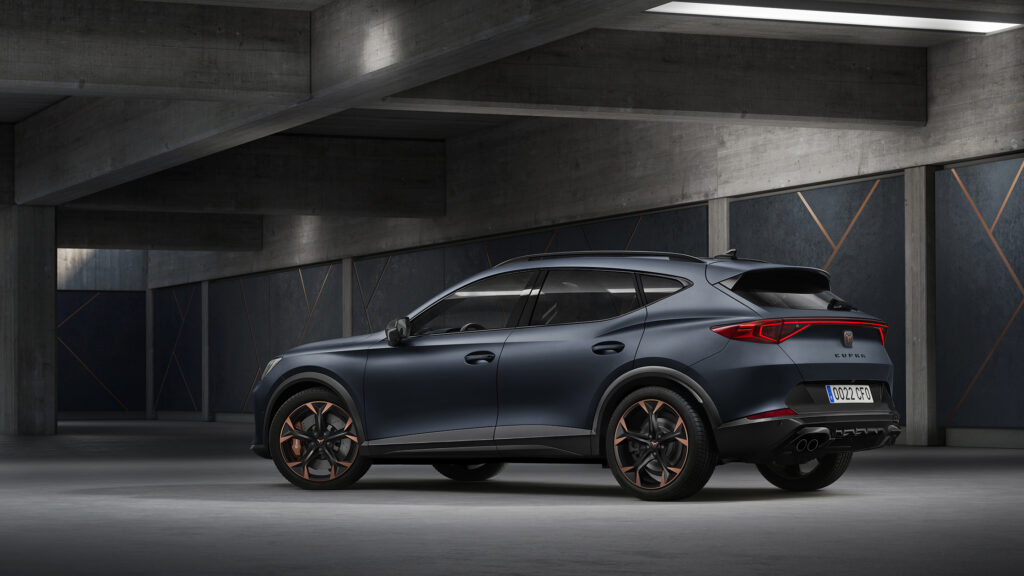
The combined output is 180kW and 400Nm.
In the smaller, lighter Leon acceleration to 100km/h is claimed to take 6.7 seconds, whereas the Formentor takes 7.0 seconds.
The battery capacity for the hybrid system is 12.8kWh, enough to get between 52 and 55km of EV range for the Formentor and 55-60km of EV range in the Leon.
As with most PHEVs, it’s AC charging only and the peak power the car will accept is 3.6kW. So a regular home powerpoint would take five hours to charge and a home wallbox would lower that to about 3 hours, 20 minutes.
How much with the Cupra PHEVs cost?
Exact pricing is still to be determined, but Cupra Australia has said the range – consisting of nine variants in total; seven ICE drivetrains and two PHEVs across the Leon, Formentor and Ateca – will likely start in the low-$40,000 bracket and work its way to somewhere in the $60,000s.
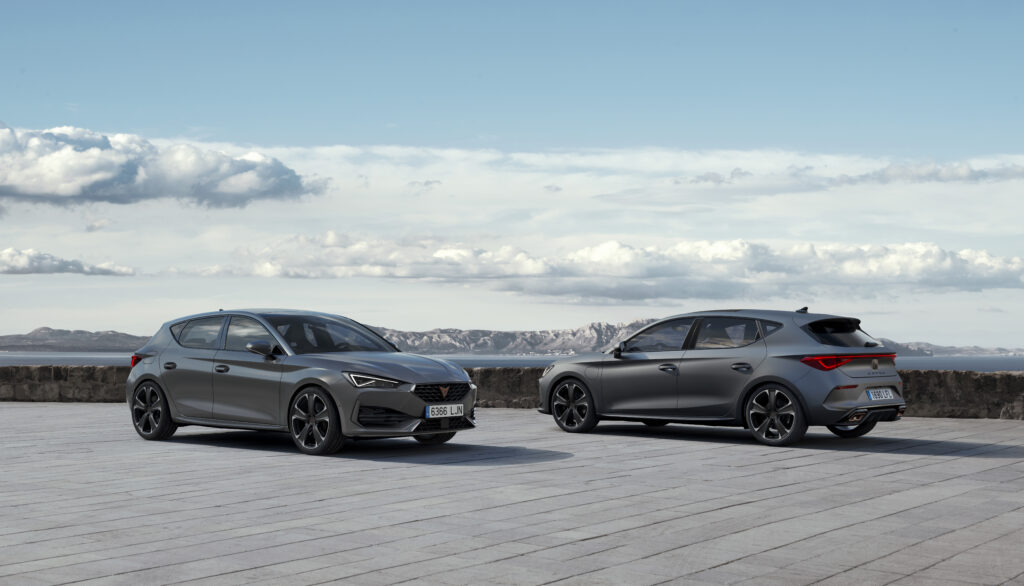
Wilks says the PHEVs will be the most expensive variants for the Leon and Formentor.
Given the Formentor is the largest vehicle – a mid-sized crossover – then it will be the one that costs $60,000-odd, or somewhere north of that.
As for the Leon PHEV, best guesses are it could hover around $50,000.
The exact pricing will be revealed closer to the planned mid-2022 on-sale date.
Before then we’ll also learn more about how and where Cupras will be sold.
The company is planning on opening between 10 and 20 “outlets”, some of which may be in shopping centres or other high-traffic areas. As well as comprehensive coverage across the east coast Cupra plans to have outlets in other cities, including Perth.
Servicing and after-sales support will be looked after by some of the existing network of 180-plus Audi, Volkswagen and Skoda dealers.
Cupra EVs on the wish list
It’s only PHEVs for now in Australia, but Cupra is also dipping into the Volkswagen parts bin to create its own EVs.
Cupra recently revealed the Born, which is due to hit European roads late this year.
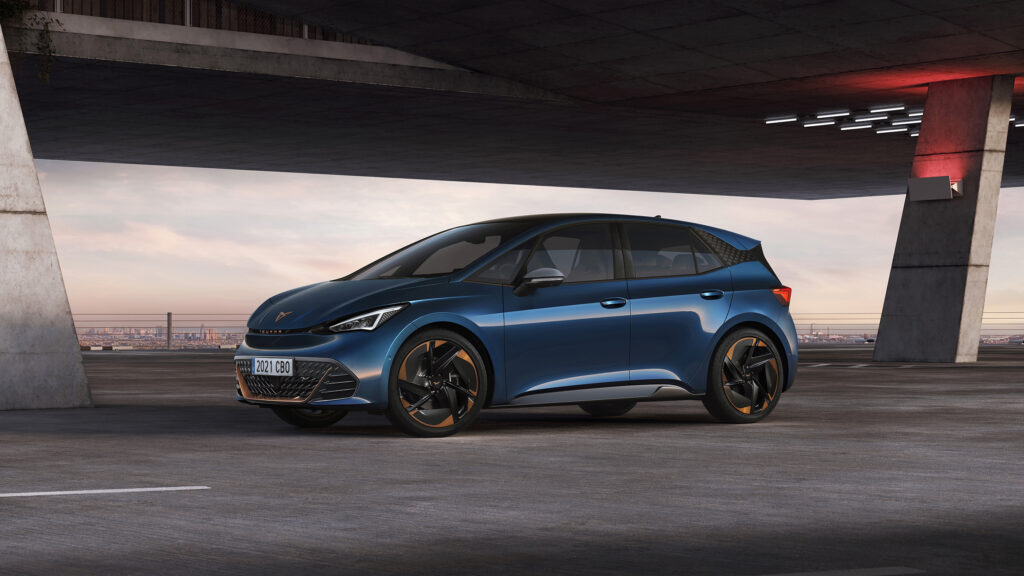
Underneath, the rear-drive five-door shares plenty with the Volkswagen ID.3 hatchback.
However, Cupra is also offering an optional e-Boost system that boosts power and torque to 170kW and 310Nm. It’s all about ramping up the performance and the fun factor.
Cupra will also effectively allow Born owners to choose between EV range and performance: you can choose a bigger 77kWh battery that adds weight, therefore tempering the 0-100km/h time to 7.0 seconds.
Or you can get a smaller, lighter 58kWh battery and lower the 0-100km/h dash to 6.6 seconds. In the process range drops from a WLTP claimed 540km to 420km.
The Born won’t be there for the Australian launch of Cupra, but the Australian office has its hands high in the air for it, acknowledging that “electric vehicles will form an important part of the Cupra range in the future”.
Wilks also says Cupra Australia has expressed interest in the Tavascan, which is a concept for now but is slated for production in 2024.
“We’ll probably be able to talk to your more about that towards the time of the launch next year.”
So it’s only a matter of time until EVs join the local Cupra lineup.
One challenge for Cupra Australia is convincing head office to send cars our way. Volkswagen has been the most vocal brands in Australia to criticise the lack of government policy and EV incentives, arguing it makes it difficult to justify bringing more fuel efficienct (and zero emissions) models in as a result.
What is Cupra?
Those with a long memory (and an interest in cars) may remember Seat, which is still on sale in Europe.
The Spanish brand was briefly sold in Australia in the late 1990s.
But in 2018 Seat spun off Cupra, effectively rebranding its Seat Sport racing and performance division under the separate Cupra brand.

It means Cupra gets the spicy models whereas Seat plays more in the mainstream.
Given the love of performance cars by Australians it was a logical move to establish Cupra as a niche brand.

